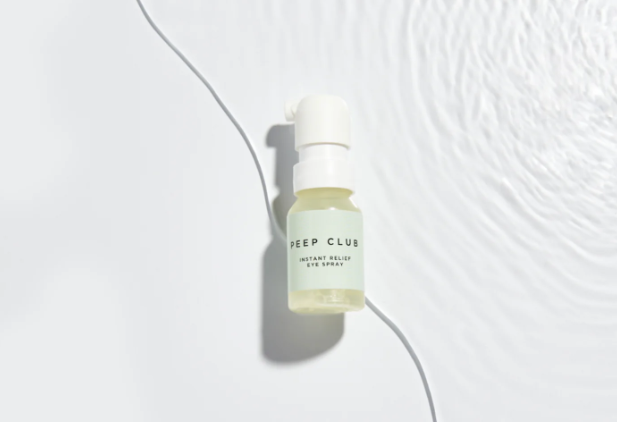
The Best Eye Drops for Redness, Allergies, and Dryness
Finding the best eye drops can be tricky. Learn which ingredients matter, what to avoid, and how to choose safe, effective options for redness, allergies, and dry eyes.
Finding the best eye drops can be challenging, especially if you’re dealing with redness, allergies, or dryness. Many lubricating eye drops and sprays, often known as artificial tears, provide relief but mainly manage symptoms rather than tackle the underlying causes.
Ingredients to Look For
Effective lubricating and anti-allergy eye drops contain humectants like glycerin or sodium hyaluronate, which add moisture to your eyes by replicating your natural tears. The most effective products combine humectants with an occlusive ingredient, sealing moisture in and protecting your eyes. This PubMed review explains the role of humectants and lipid-based components in tear supplements.
Our Instant Relief Eye Spray uses sodium hyaluronate for hydration and Sea Buckthorn oil, rich in Omega fatty acids, to lock in moisture. Ingredients such as Sea Buckthorn and Manuka Honey are also powerful options for soothing dry eyes.
Always choose preservative-free products. Preservatives can irritate the sensitive front surface of your eyes and worsen symptoms over time. The National Eye Institute explains why preservative-free eye drops are often recommended.
Eye Sprays vs. Drops
Traditional eye drops go directly into your eye, while sprays, like our Instant Relief Eye Spray, are applied onto closed eyelids from 5 inches away. The spray gathers around your eyelashes and spreads across your eye surface as you blink in a slow release mechanism, strengthening your natural tears and delivering long-lasting relief.
Sprays offer additional benefits:
-
Preservative-free and gentle: Suitable for frequent use throughout the day.
-
Skin-friendly: Sea Buckthorn and Sodium Hyaluronate hydrate delicate eyelid skin.
-
Easy to use: Ideal for those who find traditional eye drops difficult to apply.
What to Avoid
Be cautious of eye drops labeled for "whitening" or reducing redness. These products often contain vasoconstrictors, which temporarily shrink blood vessels but can lead to long-term issues like rebound redness and chronic irritation if used frequently.
Additionally, packaging matters. Single-use vials or preservative-free multidose bottles prevent contamination without the harmful effects of preservatives. Eye drops packaged in bottles that remain open typically contain preservatives, which can cause irritation and further dryness with prolonged use.
Achieve Comfortable Eyes
By selecting the right preservative-free eye drops or sprays containing effective ingredients, you can effectively manage redness, dryness, and allergies, keeping your eyes comfortable and refreshed daily.
FAQs
Q: What are artificial tears?
A: Artificial tears are lubricating eye drops that mimic the composition of natural tears to relieve dryness and irritation.
Q: Are eye sprays as effective as eye drops?
A: Yes. For many people, sprays are just as effective and easier to apply, especially when used consistently throughout the day.
Q: Why should I avoid redness-reducing drops?
A: These drops often contain vasoconstrictors that can cause rebound redness and long-term irritation with regular use.
Q: How do I know if an eye drop is preservative-free?
A: Look for it clearly labeled on the packaging. Single-use vials or special multidose bottles are usually preservative-free.
